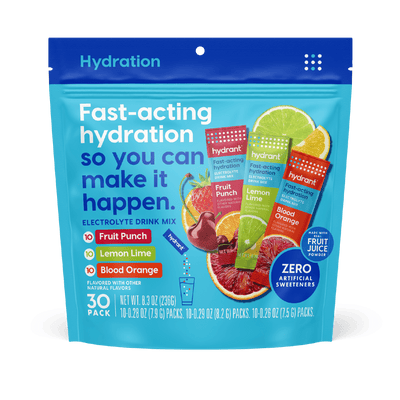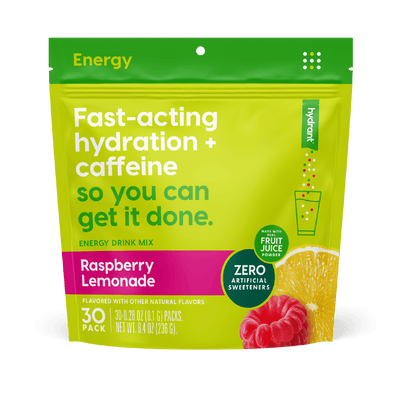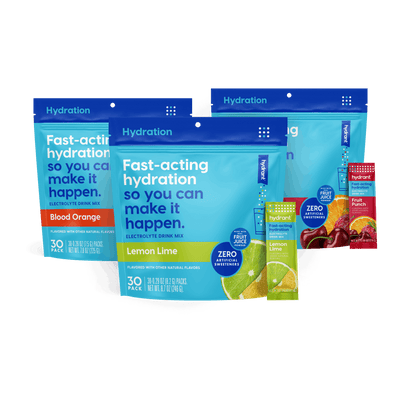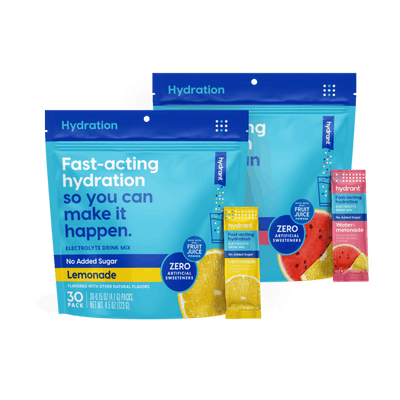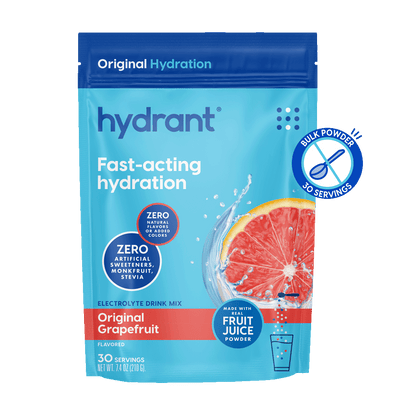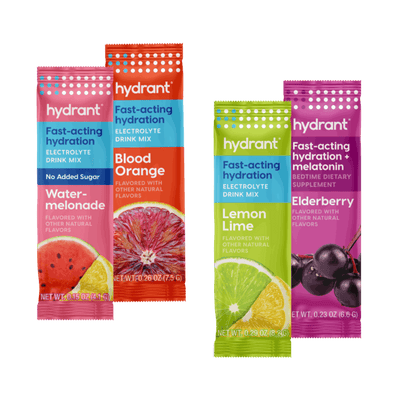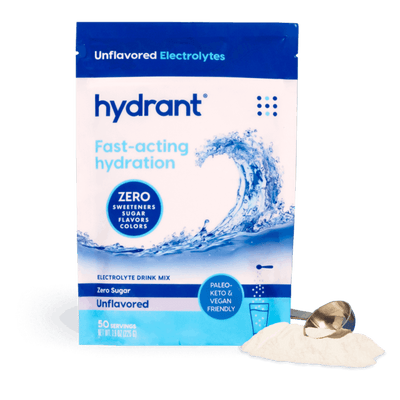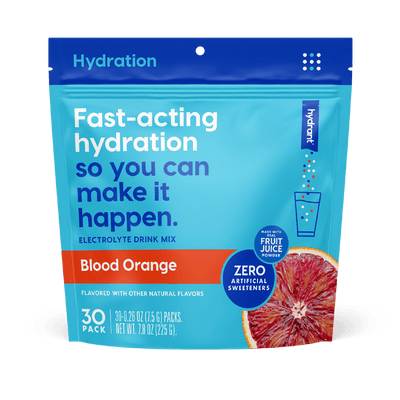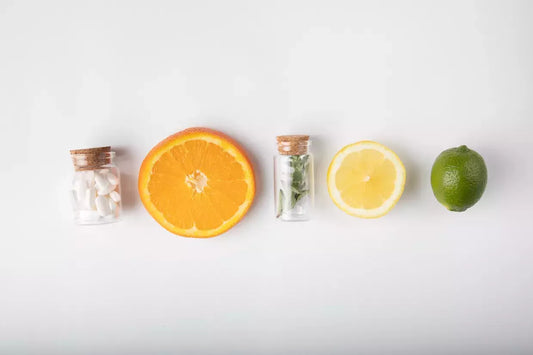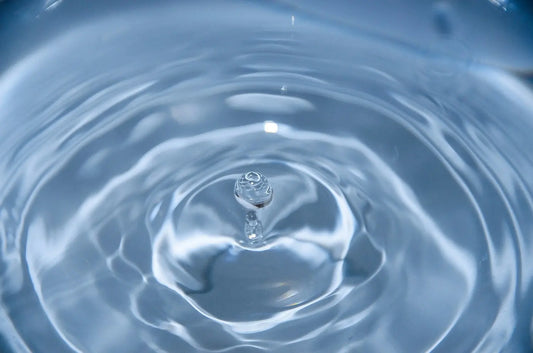Looking for a fun activity while indoors this school year? Want to learn a little bit more about hydration? Our co-founder John, a.k.a. the Oxford scientist behind our rapid hydration mixes, developed an easy science lesson for you and your kids to try at home. We take household vegetables and use them to learn even more about the hydration process happening in the world around us. Check out our lesson plan below or download it here. Stay hydrated!
Goal: How do plants stay hydrated?
Plants move water around their vascular system through small tubes called xylem. These are a bit like your veins, except they only move water, and plants don’t have blood like humans. We’re going to do an experiment so that you can SEE the plants moving water to where they need it - this is why you have to make sure you water plants to keep them alive!
What you’ll need:
1. Celery stalks with leaves attached (if you can’t find any with leaves, buy a head of celery, the smaller inner stalks often will still have their leaves)
2. Food coloring (Darker colors work best, we recommend blue)
3. Bowl / Tall glass of water
4. One knife & chopping board (adult supervision required!)
5. Optional addition: a fan
Method:
1. Take your celery stalks with leaves at the top, and cut the stalks at the base to make them roughly the same height. Keep one stalk separate to compare to later.
2. Add food coloring to your water, and add enough to make it quite a dark color
3. Put the cut stalks of celery into the water, making sure they don’t tip the glass over
4. Leave them here for 4-6 hours or even overnight
5. Optional Step: Set up a fan to gently blow on the celery leaves to increase the speed of the experiment.
Results:
1. When you return to your experiment, observe the stalks and leaves of the celery, and compare them to the stalk that you kept aside, do you see any difference?
2. You should see colors in the leaves and stalk. Do you? How do you think the color got there?
3. Cut open the stalk so you can look at the cross section, what do you see? Those dots are the plants vascular system, a bit like veins in our bodies, but specialized to carry just water from the ground up to the leaves.
So what’s going on here?
Just like we need to hydrate to stay alive, plants also need to stay hydrated, and move water around. Those dots you see in your celery cross section are what’s called xylem. These are long hollow tubes that stretch from the roots to the leaves, and water travels from the ground up into the leaves, where it evaporates through the pores on the bottom of the leaves. If you decided to use a fan in this experiment, the reason it speeds things up is because the water evaporates faster from the leaves, which in turn “sucks” water up the stalk more forcefully.
If you haven't already, you can download the lesson plan here.
Thirsty for more? Learn more about our brand and our rapid hydration mixes - we've developed a product with the right balance of electrolytes and real fruit juice powder so you can be (and stay) hydrated all day.
